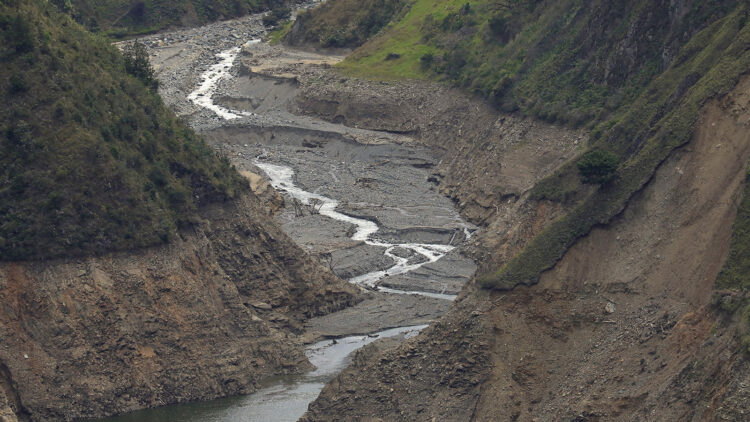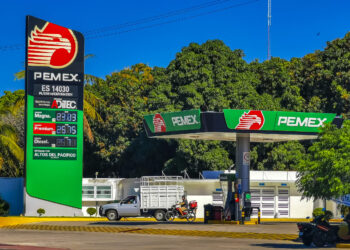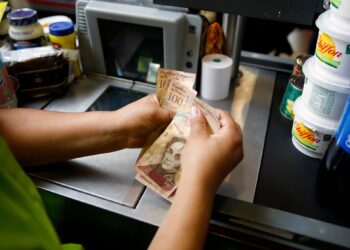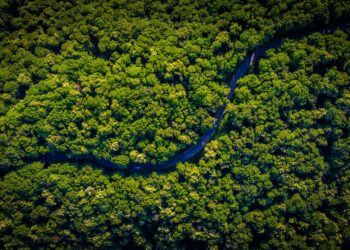Ecuador is facing an unprecedented energy crisis, prompting the government to announce a significant increase in nationwide electricity outages due to the worst drought in more than six decades. Authorities have confirmed that blackouts will now last 12 hours a day, instead of the eight hours initially planned. This drastic measure reflects the challenges posed by adverse weather, which is affecting the country’s hydroelectric capacity.
Energy Minister Antonio Goncalves attributed the energy shortage to the early arrival of the dry season and climate changes. President Daniel Noboa recently declared the situation “chaos,” stressing that this is the worst drought in 61 years. Ecuador relies on hydropower for about 77% of its electricity, but declining water levels in the reservoirs that feed the country’s dams have forced major adjustments to operations.
To conserve energy, the government has implemented nightly blackouts from 10 p.m. to 6 a.m., minimizing interruptions during daylight hours. Public sector workers have been advised to work remotely on certain days to help reduce electricity demand. However, many regions are already experiencing power outages ahead of scheduled blackouts.
The crisis has been exacerbated by ongoing maintenance and inspections of the national electricity grid, leading to the imposition of a curfew in six provinces to reinforce security during these operations. The US Embassy in Ecuador has issued alerts to US citizens, advising them to limit their movements in the face of increased military and police presence.
Energy problems in Ecuador are not new; The country has been struggling with power supply issues for more than a year. President Noboa declared a state of emergency in April and introduced several measures to address the crisis, including power rationing and commissioning a Turkish barge to provide additional electricity. As the situation evolves, the government faces increasing pressure to restore reliable energy access for its citizens.
















